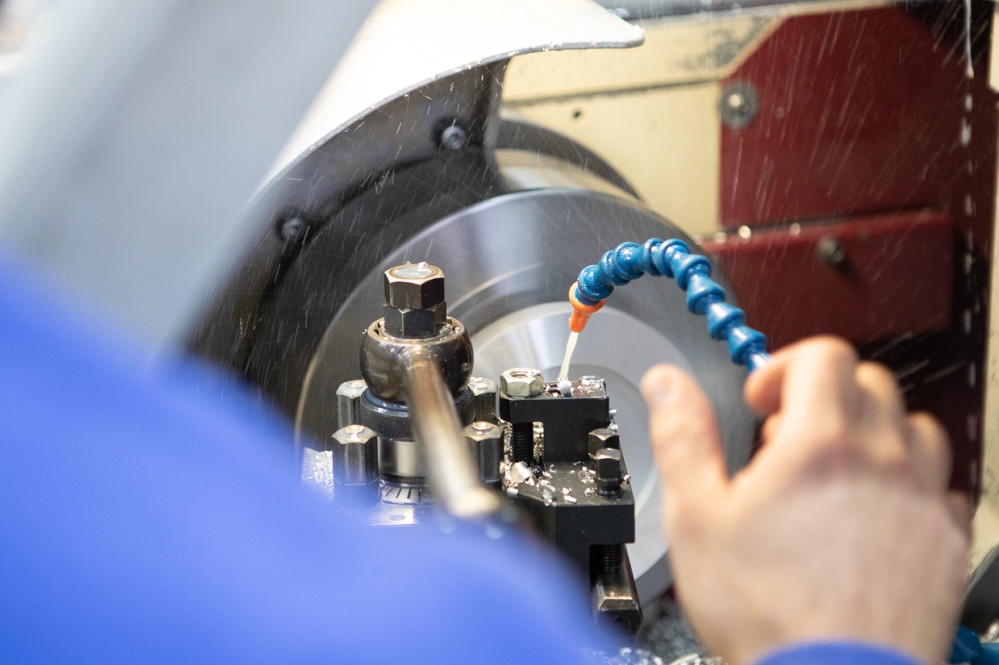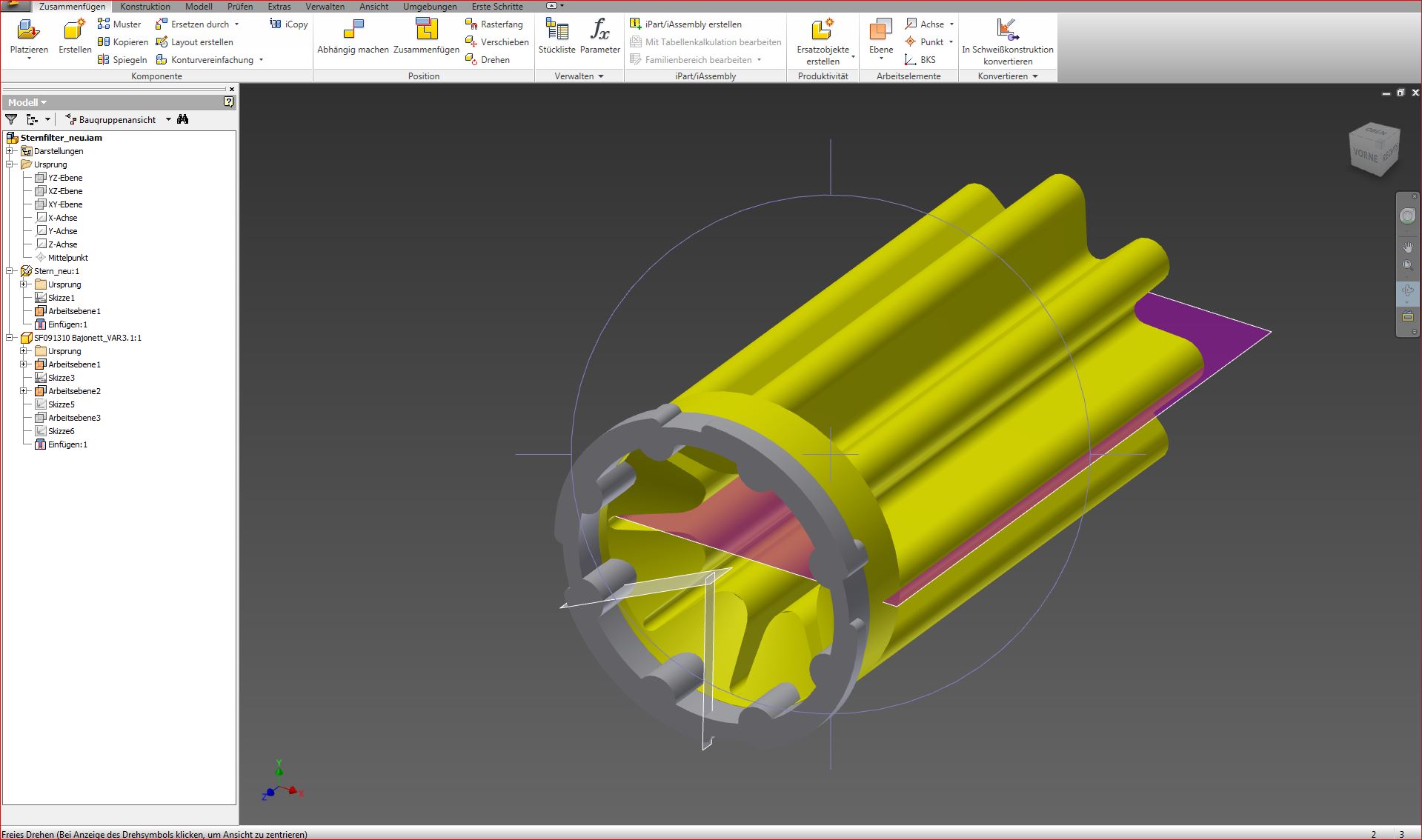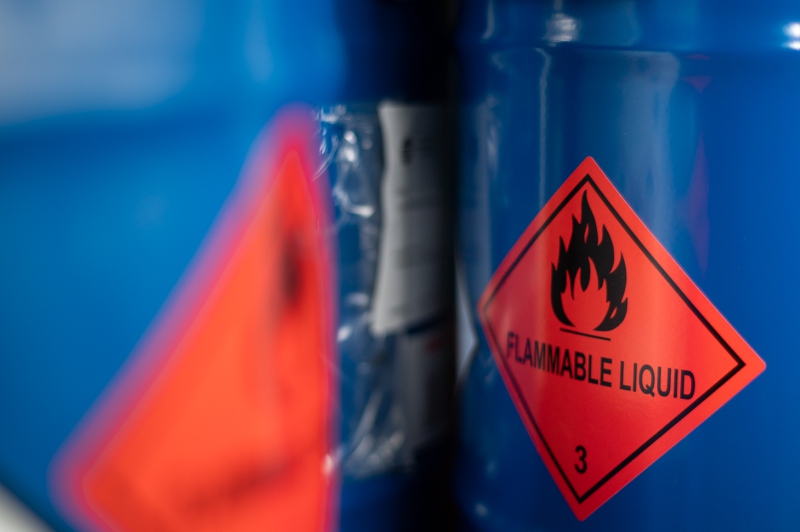Production precision and processing
When manufacturing porous parts, it is essential to bear in mind that, depending on its composition, the sintering material will shrink to a greater or lesser extent when it undergoes thermal treatment.
It can generally be processed using all conventional mechanical methods, such as lathing, milling and drilling. Boards and tubes that cannot be sintered from one single piece are made of several segments that are welded together.






